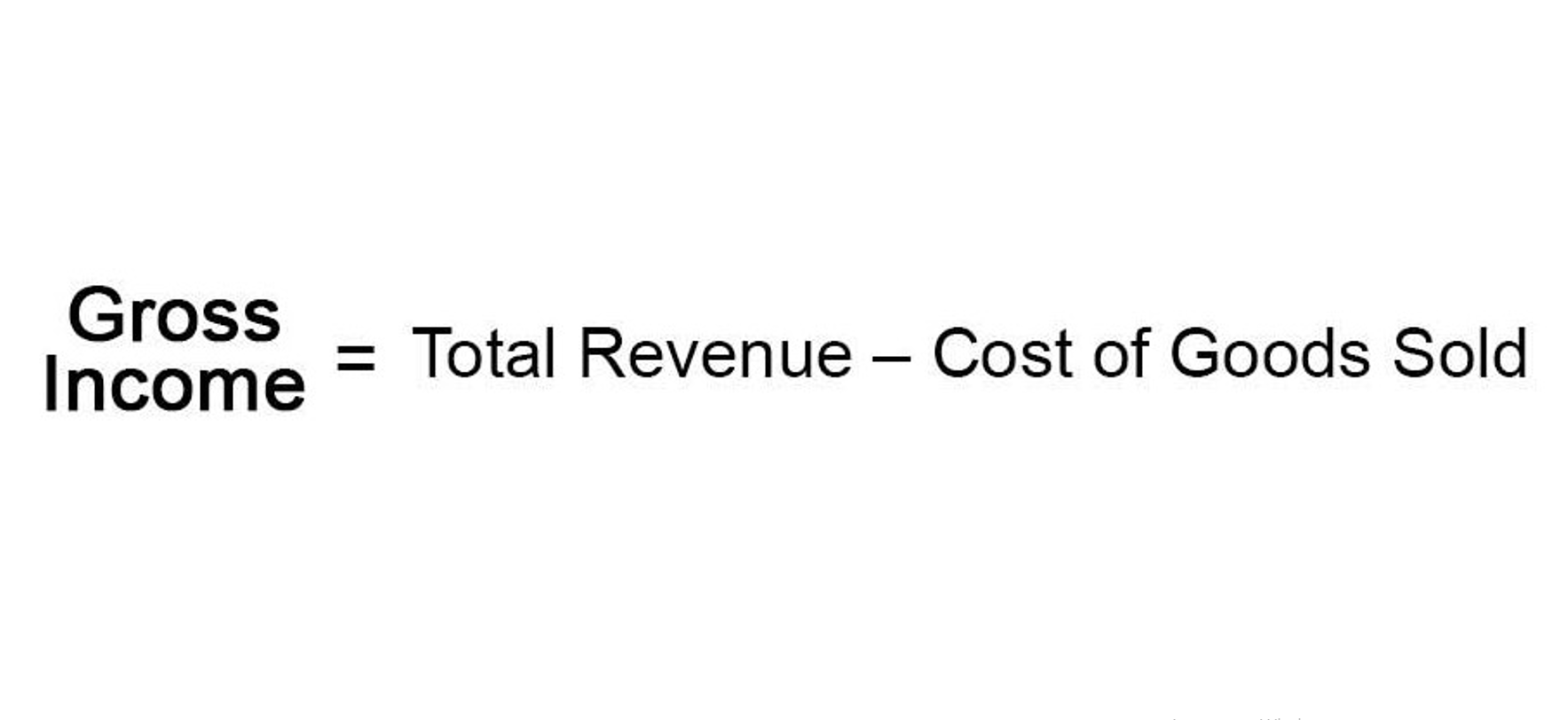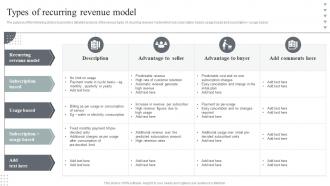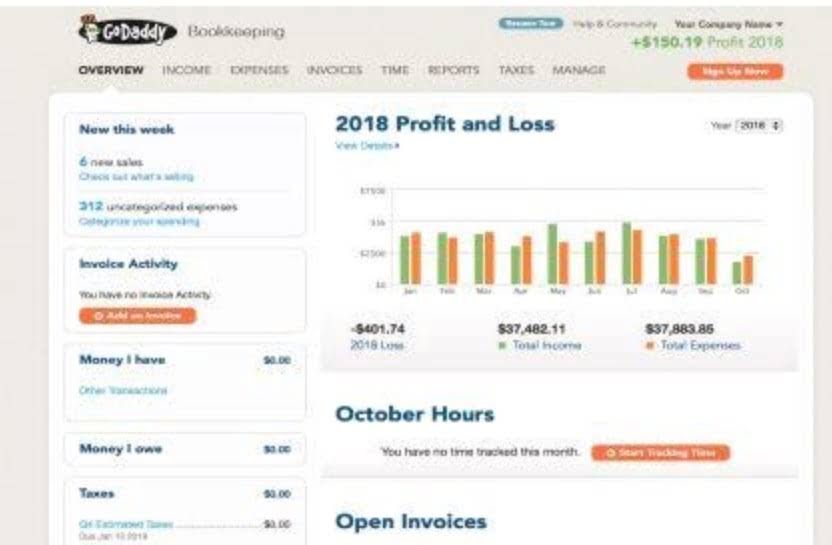Our intuitive pre-accounting software program combines all of the important features to minimize back handbook enter from your accounts payable workflow. Selecting the best AP automation answer involves totally analyzing your current processes, future needs, and the specific features that will enhance your accounts payable operations. By prioritizing these elements, you’ll discover a solution like Klippa SpendControl that optimizes your monetary workflows and offers strategic worth to your organization. QuickBooks Online is a full-service answer that features automated invoicing, expense tracking, bill management, and integration with Clever for seamless reconciliation. It’s best for small to mid-sized companies on the lookout for an all-in-one financial planning and cash circulate administration tool.
Bonus points for platforms that surface insights, like fee timing optimization or vendor danger indicators, to tell strategic decisions. A lack of visibility into AP status can lead to poor forecasting and misaligned choices. Efficient AP automation software provides real-time dashboards, growing older reviews, and audit trails that present the place each invoice is within the course of and what’s pending. This kind of insight supports higher money administration and permits finance groups to be extra proactive. Choosing the best accounts payable software program goes past surface-level bill processing. Managing accounts payable effectively begins with using the right fee solutions.
Step 5: Ensure Seamless Integration
It integrates seamlessly along with your enterprise resource planning (ERP) or accounting techniques, mechanically updating invoice knowledge with out manual intervention. Many solutions also enable for customized workflows, so you’ll have the ability to tailor approvals, notifications, and fee rules to your business’s unique wants. Airbase is constructed to offer teams a single platform the place accounts payable, expense management, and company cards all function collectively. Its accounts payable automation stands out as a result of it eliminates lots of the handbook steps typically required in invoice handling. Invoices can be captured automatically, coded to the proper accounts, and routed for approval with out extra information entry. Rho is the best bill automation answer for finance teams that wish to cut back device fragmentation and manage accounts payable inside a unified finance platform.
Ai-powered Doc Processing
You might have multiple departments, finances owners, or approvers, which increases the possibility of bottlenecks and inconsistencies. Tipalti is greatest fitted to mid-sized to enterprise-level businesses operating globally. This tedious course of itself is purpose enough to automate your AP workflows, right? Let’s see what different challenges you would possibly face when having a handbook AP process.
Being adaptable means frequently reviewing new instruments and adjusting workflows to satisfy evolving enterprise needs. Explore 10 essential parts of a direct procurement technique to scale back prices, guarantee provide continuity, and improve supplier performance. To measure the success of AP automation, tracking key efficiency indicators (KPIs) is essential. These metrics provide quantitative proof of effectivity gains, price savings, and improved financial control.
What Kpis Do You Have Got To Observe To Measure Ap Automation Success?
If you would possibly be in management of cost authorizations, you have to be accessible even on the go. With cellular apps, you’ll find a way to present approval to your AP group at your comfort. And this could lower your processing costs as you don’t need to waste time going into the office to provide invoice approval. Accounts payable (AP) automation software is designed to help companies reduce the time spent on invoicing duties. By automating your cost processes, you can minimize down on pricey accounting errors and common invoicing delays. Coupa AP Automation’s expense administration module helps enterprises scale back errors and streamline workflows.
- QuickBooks Online provides seamless integration with AP automation options, such as Stampli.
- The system integrates easily with monetary management tools, making it simpler to oversee outgoing funds and cut back manual work.
- When I think about tackling invoice volume with simply QuickBooks Enterprise, I immediately picture somebody hunched over a keyboard, manually typing in every line item.
- Evaluate Payoneer vs. Neteller to know their charges, features and global accessibility.
Semine is finest suited to organisations looking for Best For Automating Accounts Payable Processes a modern, scalable solution to maneuver from handbook legacy methods. Each of the following platforms stood out for its capability to deliver clarity, management, and confidence to AP, making them strong contenders for any finance team seeking to work smarter. Whether Or Not you’re a rising startup or a longtime enterprise, the tools we chose are constructed to scale with your business.
This new standard implies that firms counting on guide processes will battle to keep up. Automating this process takes the pain https://www.quick-bookkeeping.net/ away, while providing you with real-time visibility into liabilities and spend patterns. This permits for smarter and faster cash move choices, as a substitute of ready for the end of the month. Beyond the admin headaches, manual processes create blind spots in spend management, a serious danger for organisations that wish to stay agile and compliant.
Bill processing automation reduces costs and frees your staff from repetitive, error-prone administrative work. It organizes your workflow, ensures on-time funds, and flags any points instantly. However, AI automation works best when mixed with business-level AI governance and a clear AI strategy. This ensures compliance, security, and scalability, whereas sustaining human oversight where wanted. In brief, AI workflows make bill processing smarter, sooner, and more reliable with out overburdening your group. It’s recognized for its easy-to-use interface and powerful options that help businesses manage their finances with out the necessity for a full accounting group.
Customizable alerts notify approvers of pending invoices through email, SMS, or push notifications. MineralTree is finest for small to mid-sized companies that have outgrown fundamental accounting software however do not require the complexity of enterprise-grade procurement suites. Moreover, MineralTree works well for companies that don’t need further monetary administration tools beyond AP automation. Automating your accounts payable course of starts with selecting the best software program and mapping out your current workflows. The timeline for transitioning from handbook to automated is determined by the software program and the processes your corporation desires to automate. This guide breaks down the five best AP automation software options, evaluating their options and pricing.






























